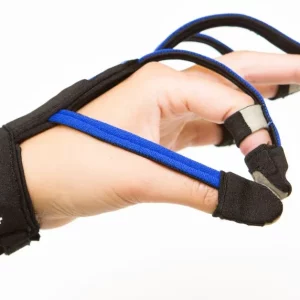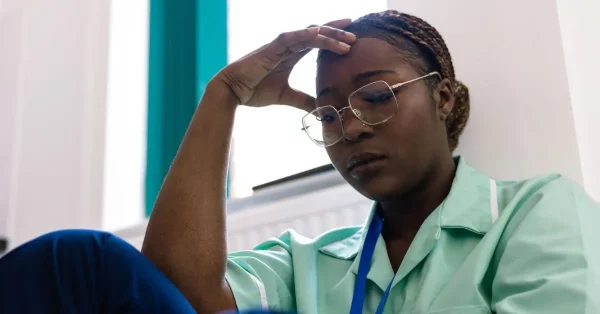If you’ve experienced a stroke and are now unable to work, you may be eligible for financial assistance. The Social Security Administration (SSA) offers monthly benefits for people who cannot maintain employment due to a serious disability. However, you need to complete all the required paperwork to qualify for social security disability after a stroke.
Our friends at Disability Benefits Help posted this useful article to help you through the application process.
Here’s a little more information on how you can qualify after a stroke:
Medical Requirements
The SSA has a manual, called the Blue Book, which contains all of the potentially qualifying conditions and the test results or symptoms you’ll need to document to be approved for disability benefits. They need medical and non-medical evidence of your limitations. In addition, proof of adherence to 3 months of medical treatments should be documented.
Any applicant who has sustained a stroke should have some impairment in one of the following three areas:
1. Impairments with communicating effectively with others. This could include various forms of aphasia.
2. Difficulty moving limbs, which results in difficulty performing any one of the following physical activities:
- Standing up from a seated position
- Balance while standing or walking
- Using your hands or arms
- Walking without assistance from crutches, a walker, or a wheelchair
3. Some physical limitations in combination with difficulty in one of the following areas of mental capacities:
- Understanding and remembering information
- Interacting with others
- Concentrating and completing tasks
- “Adapting” oneself, which means controlling your emotions or temper in a professional setting
Increasing the Likelihood of Qualifying
There are ways to increase the likelihood your application will qualify for Social Security disability benefits after a stroke:
1. Documentation to confirm that you had a stroke. This can include a document signed by your physician that confirms the accuracy of your diagnostic tests.
2. You must demonstrate that you cannot work for at least a year as a result of your stroke.
3. If you can demonstrate that you cannot work in an area outside your trained area of expertise, then the likelihood of getting a disability claim approved increases. If you’ve earned enough work credits, that may increase your chances of approval. Work credits are ‘building blocks’ earned by paying Social Security taxes.
In addition, there are even ways to qualify without matching the disability listing. For example. If your stroke does not qualify under a listing but still prevents you from working, you may be approved under a “medical-vocational allowance.”
Be prepared that the SSA may require you and your doctor to complete a “Functional report” that provides details of your medical conditions, symptoms, treatments, and limitations. Sometimes a doctor will need input or a functional capacity evaluation from an Occupational Therapist for more detailed accounts of your limitations. These functional reports help the SSA assess your “residual functional capacity” or RFC.
It’s important to note that the SSA requires that your symptoms have persisted for at least three months. The concern here is that some people recover quickly after a stroke and may only be disabled immediately afterward but can later return to work. Social Security disability is only for people who will be out of work for 12 months or longer. Be sure to wait three months after your stroke to apply, otherwise, your claim may be denied due to a technicality.
Starting Your Application
The easiest and fastest way to apply for Social Security disability is online from the comfort of your own home. If you’re unable to type due to stroke complications, a family member can always complete the application on your behalf. If you’d like assistance submitting the paperwork, you can apply with the help of a Social Security representative in person at your closest SSA office.
Call to make an appointment to apply in person at 1-800-772-1213. Additionally, a social worker at your inpatient or even outpatient rehab facility should be able to assist you with getting this process started. Just ask your therapist or doctor to help you connect with a social worker.
It should take three to five months to hear back from the SSA. Once approved, you’re able to spend your benefits on medical bills, therapy, transportation costs, housing modifications, rent or a mortgage, childcare, or any other daily living needs.










